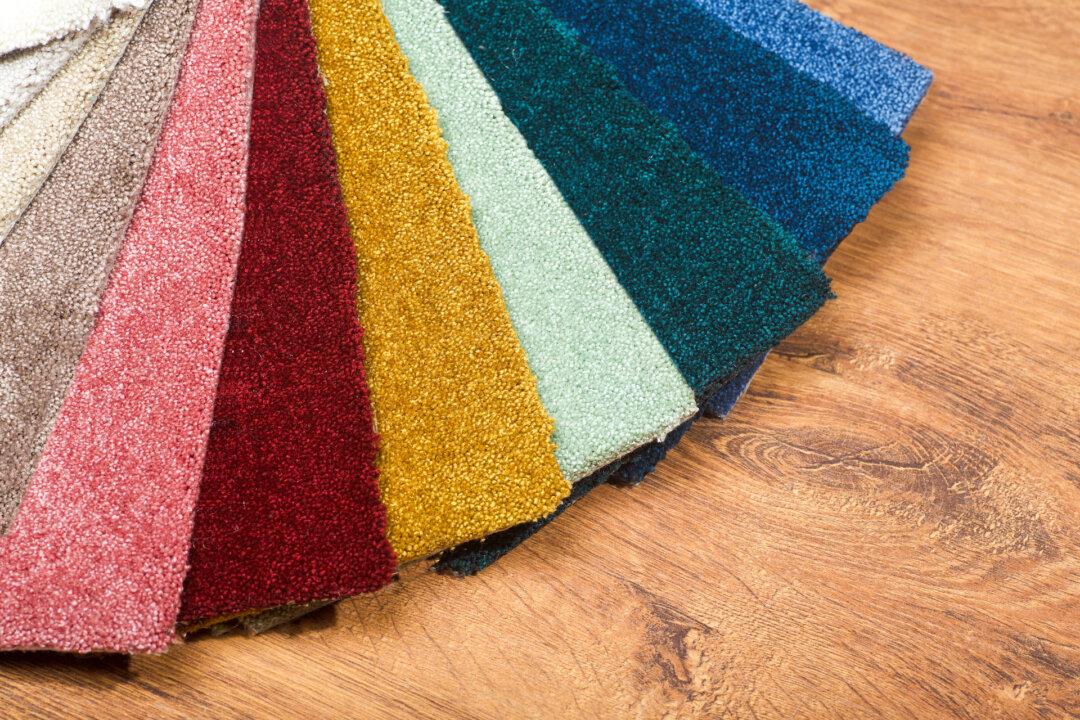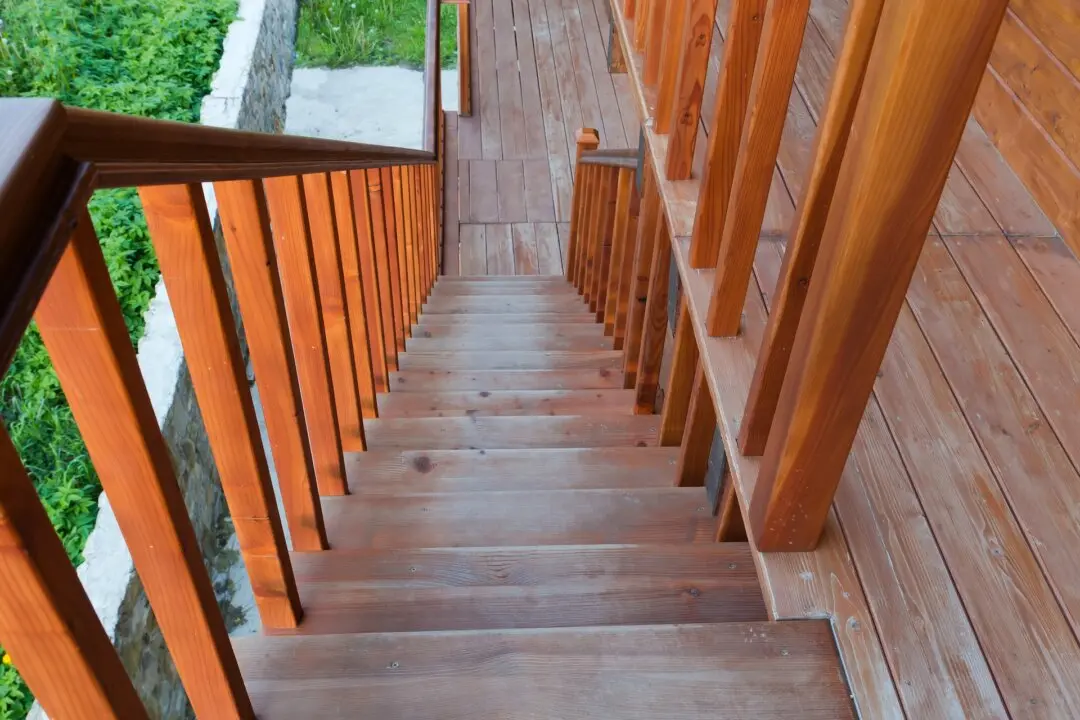Dear James: Our wall-to-wall carpeting is looking its age, and it should be replaced. I would like to save on the installation costs. Can installing it be a DIY project?—Bruce R.
Dear Bruce: It definitely can be a DIY project, particularly in a basically rectangular room. Removing and disposing of the old carpeting and preparing the floor can consume half of the project’s time. I would recommend having a professional installer do stairs, particularly ones with balusters.





